Jaguar C-Type British Racing Green 1952 CMC M-191 -pre-owned

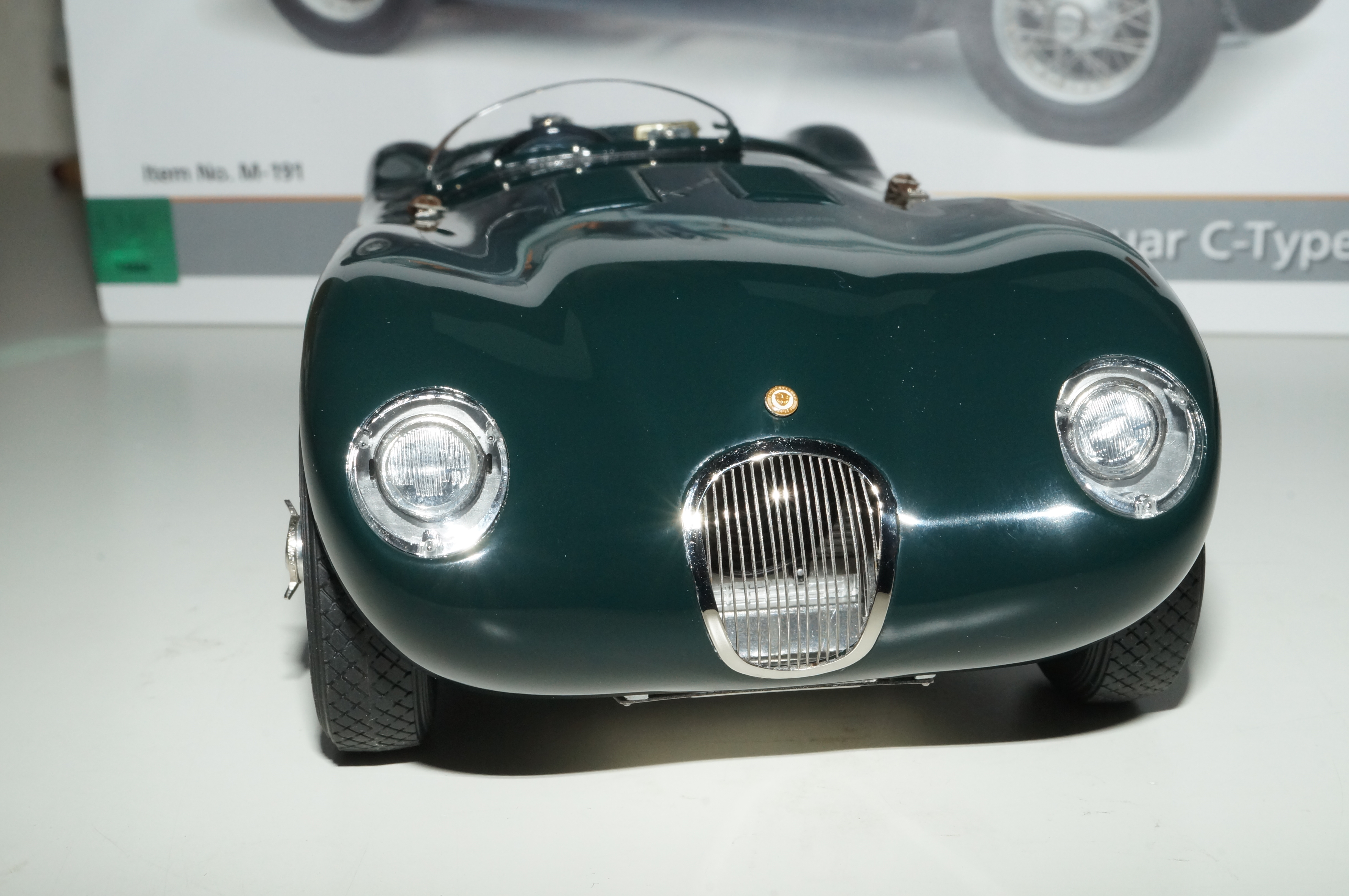
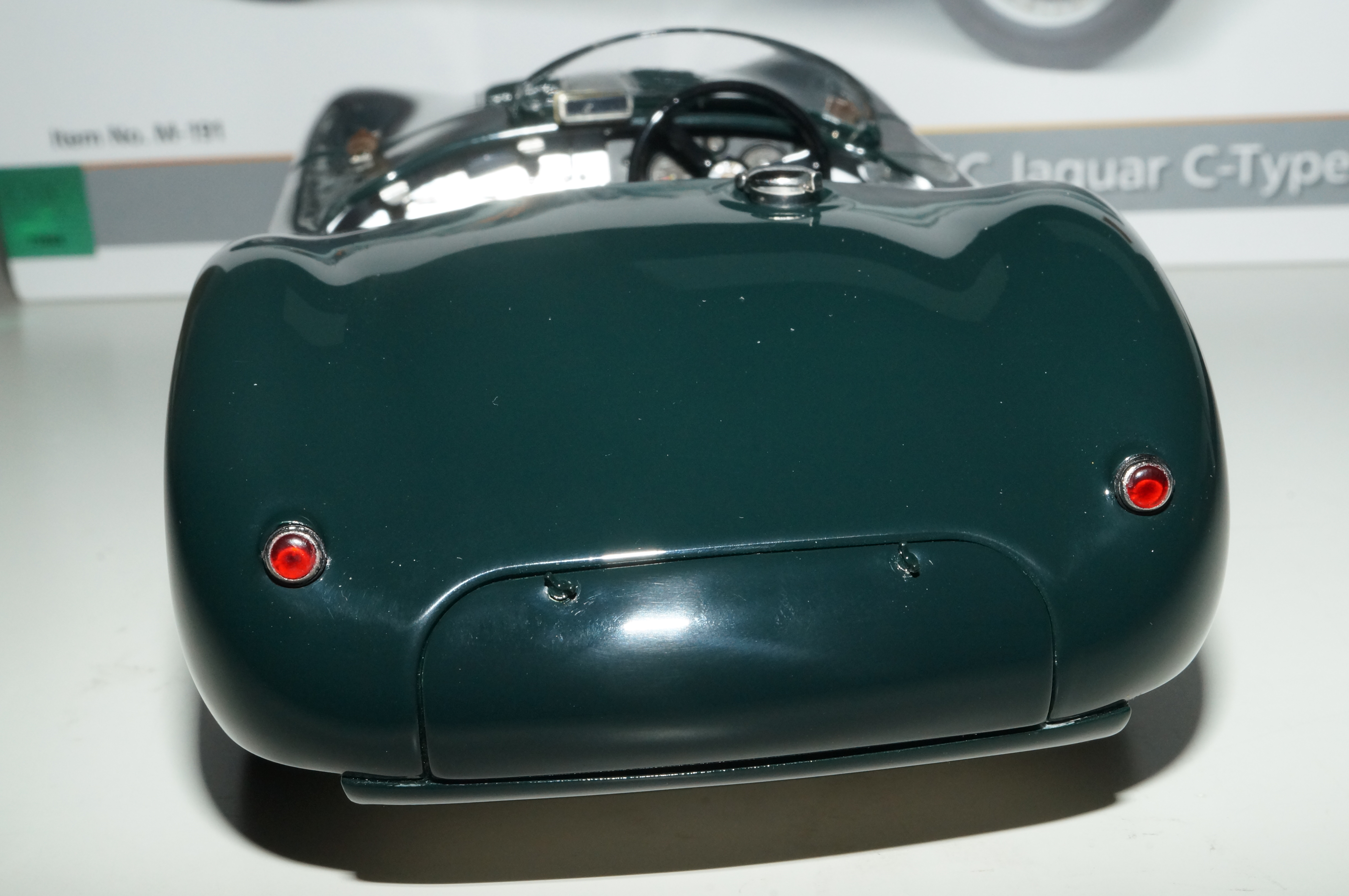
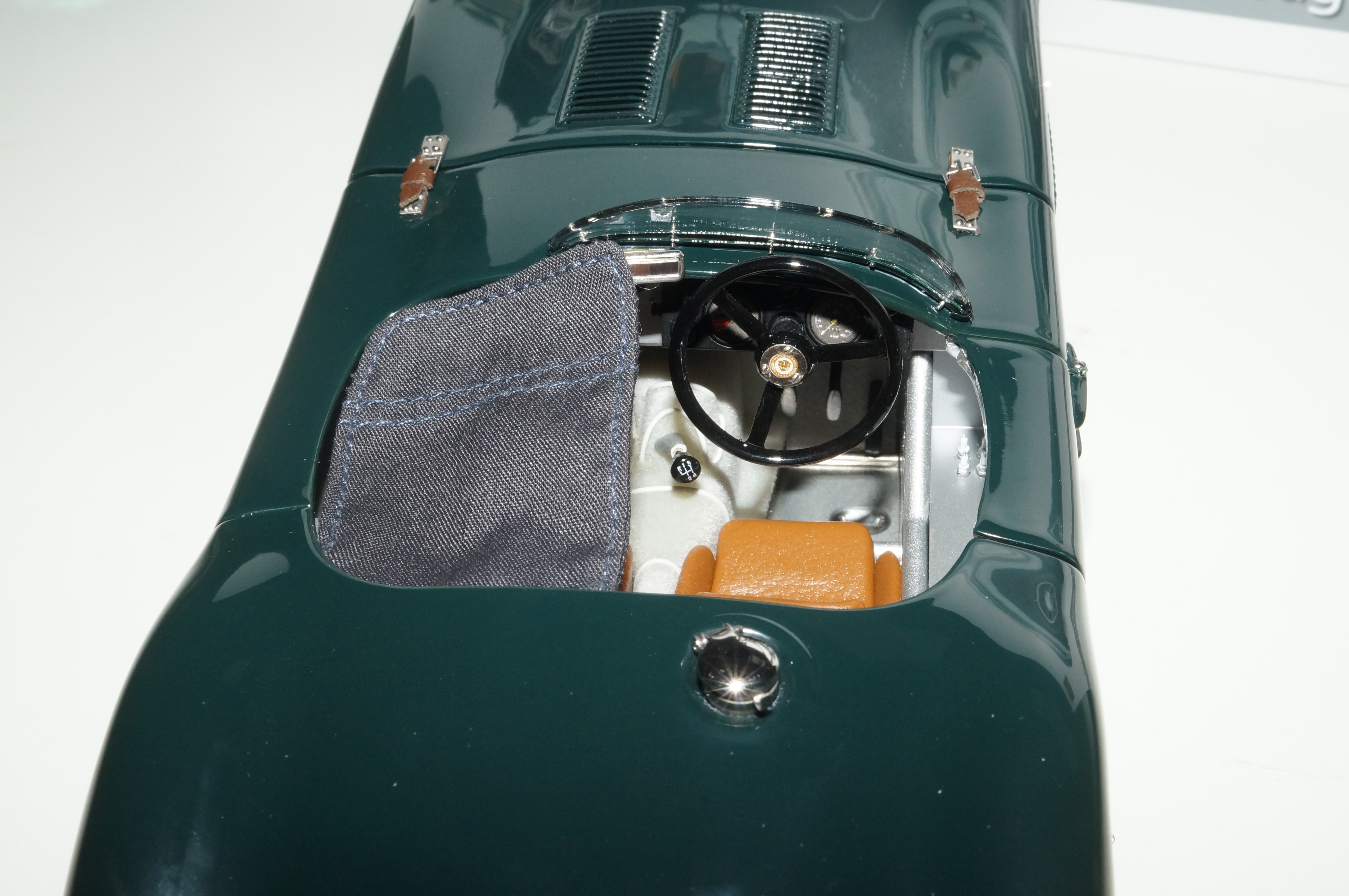
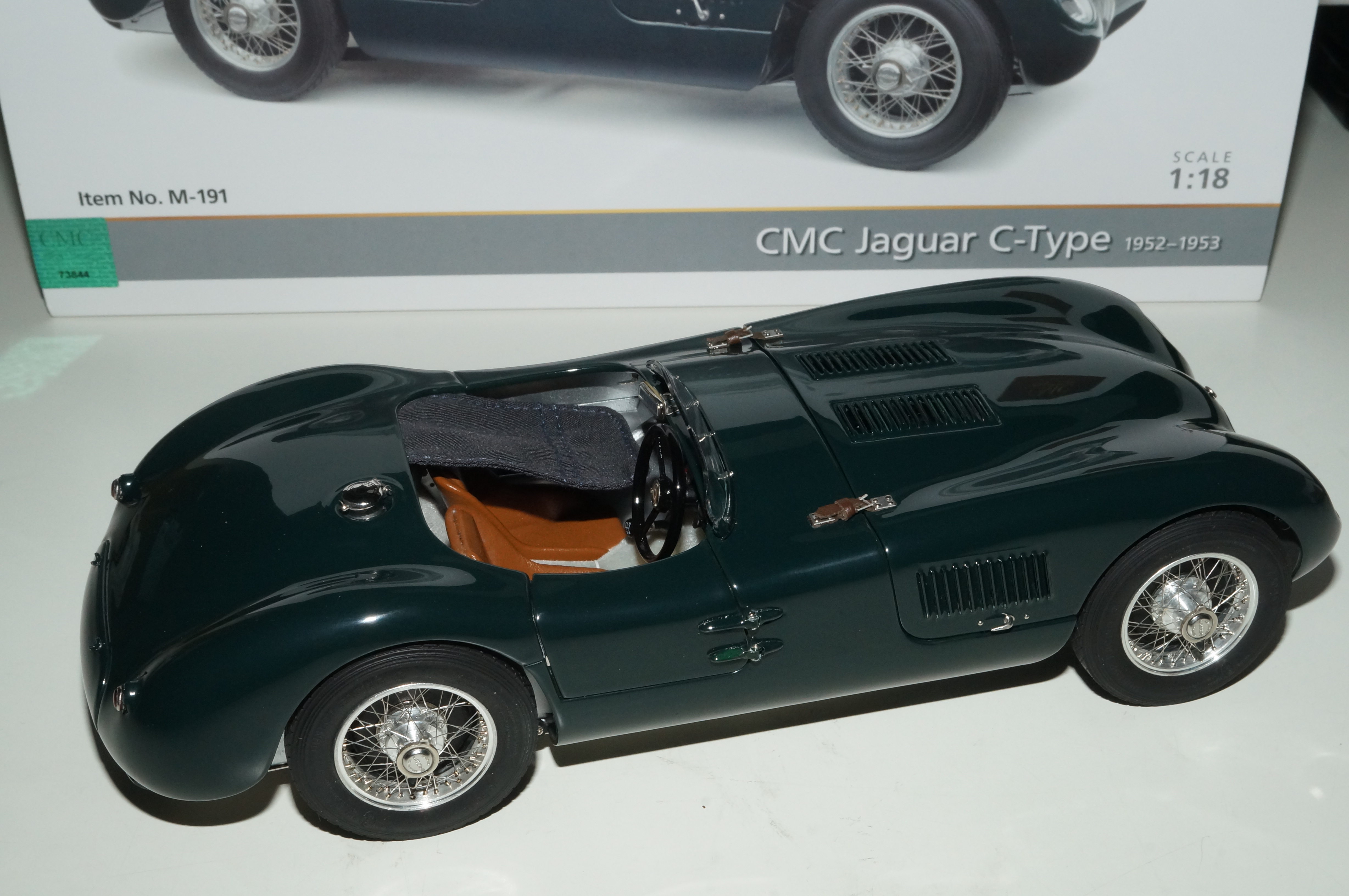
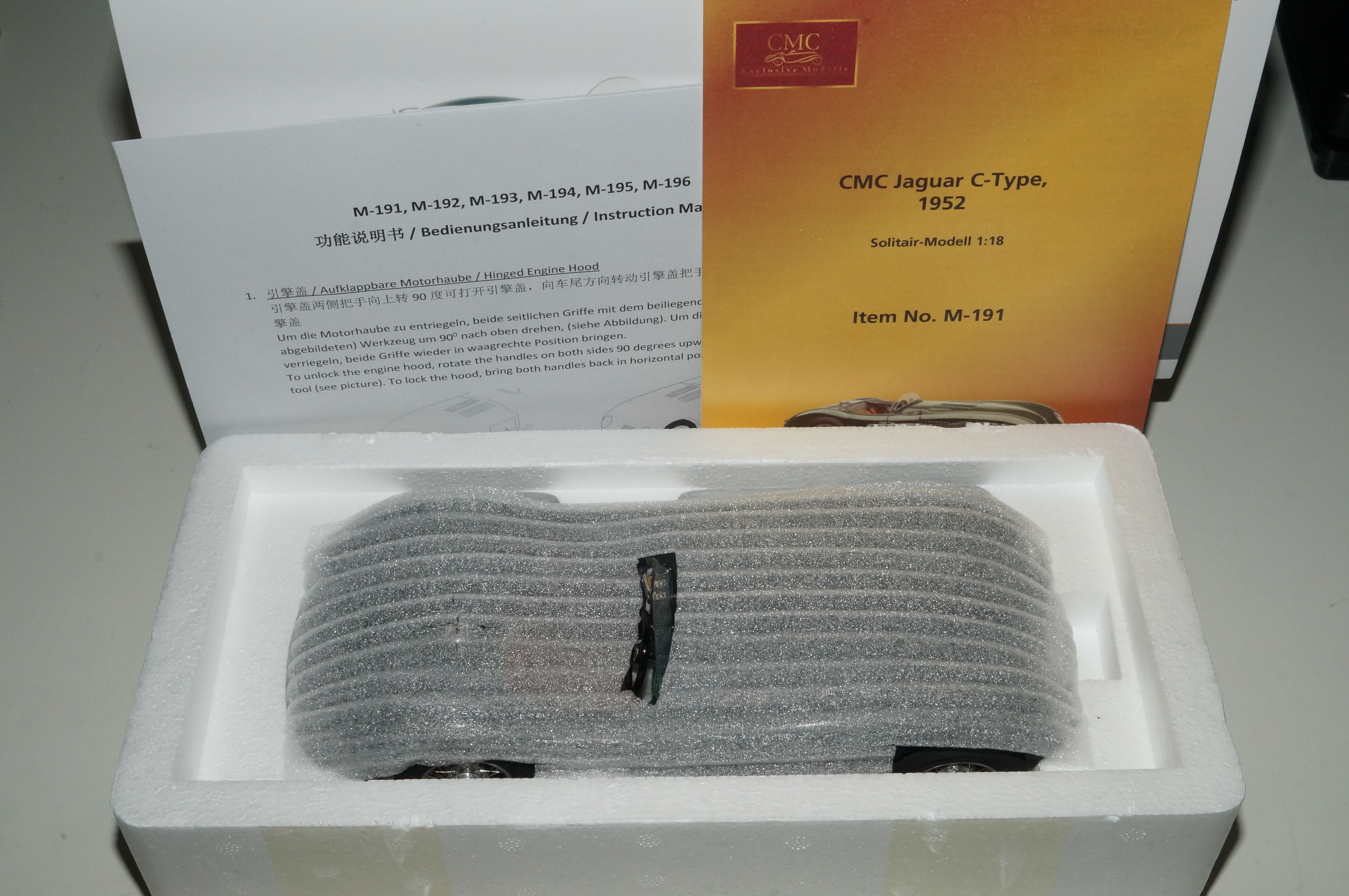
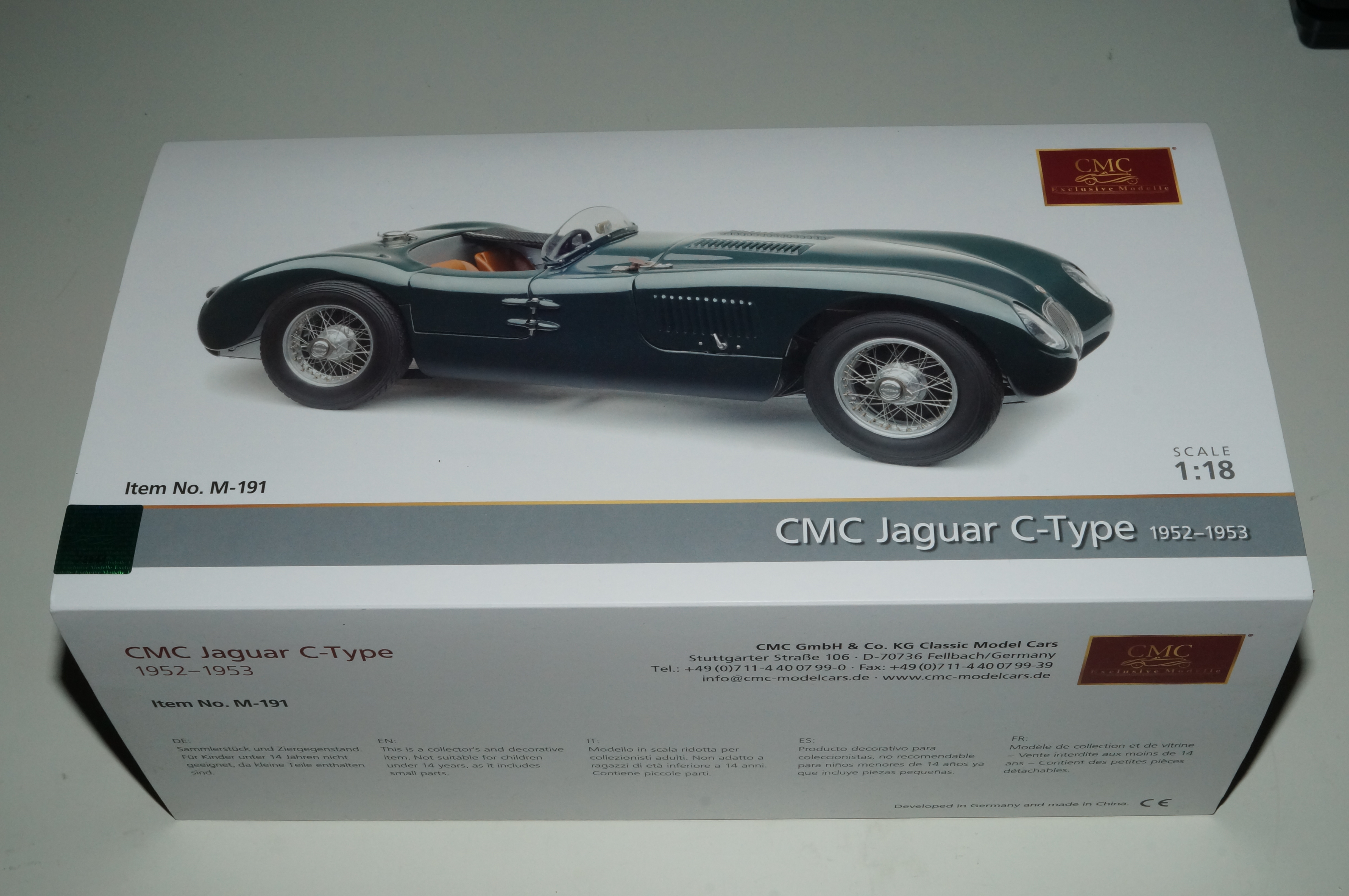
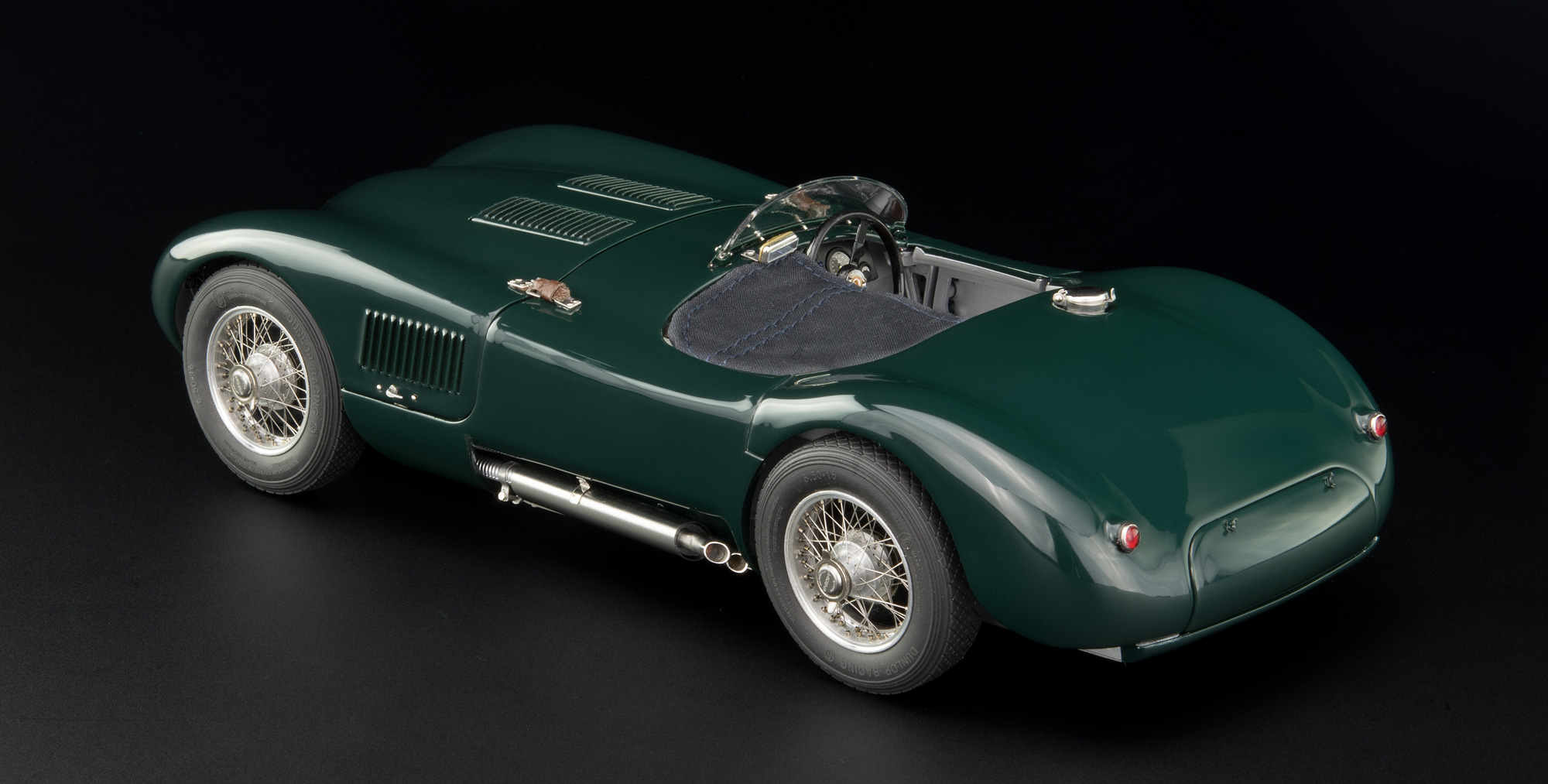
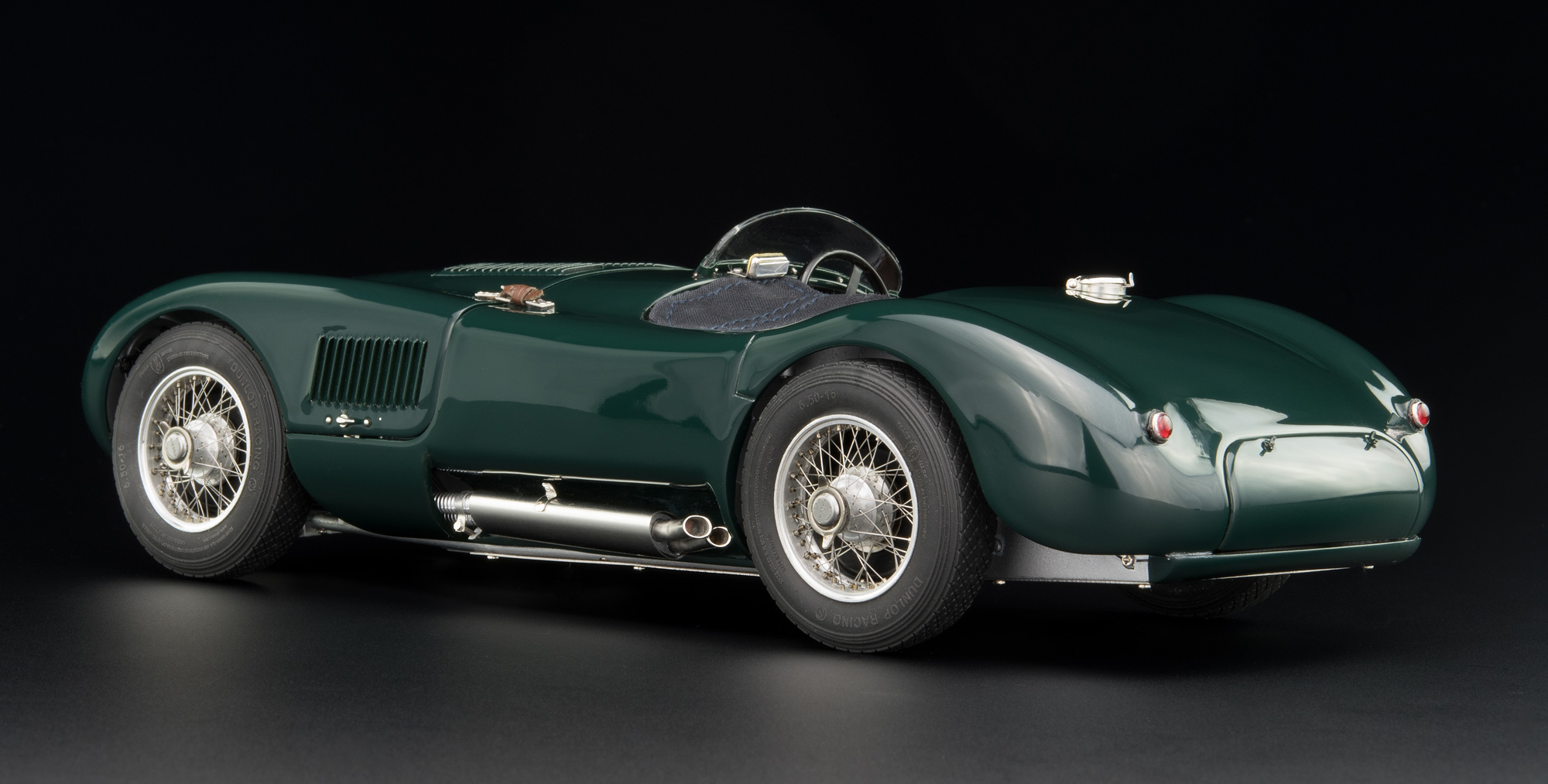
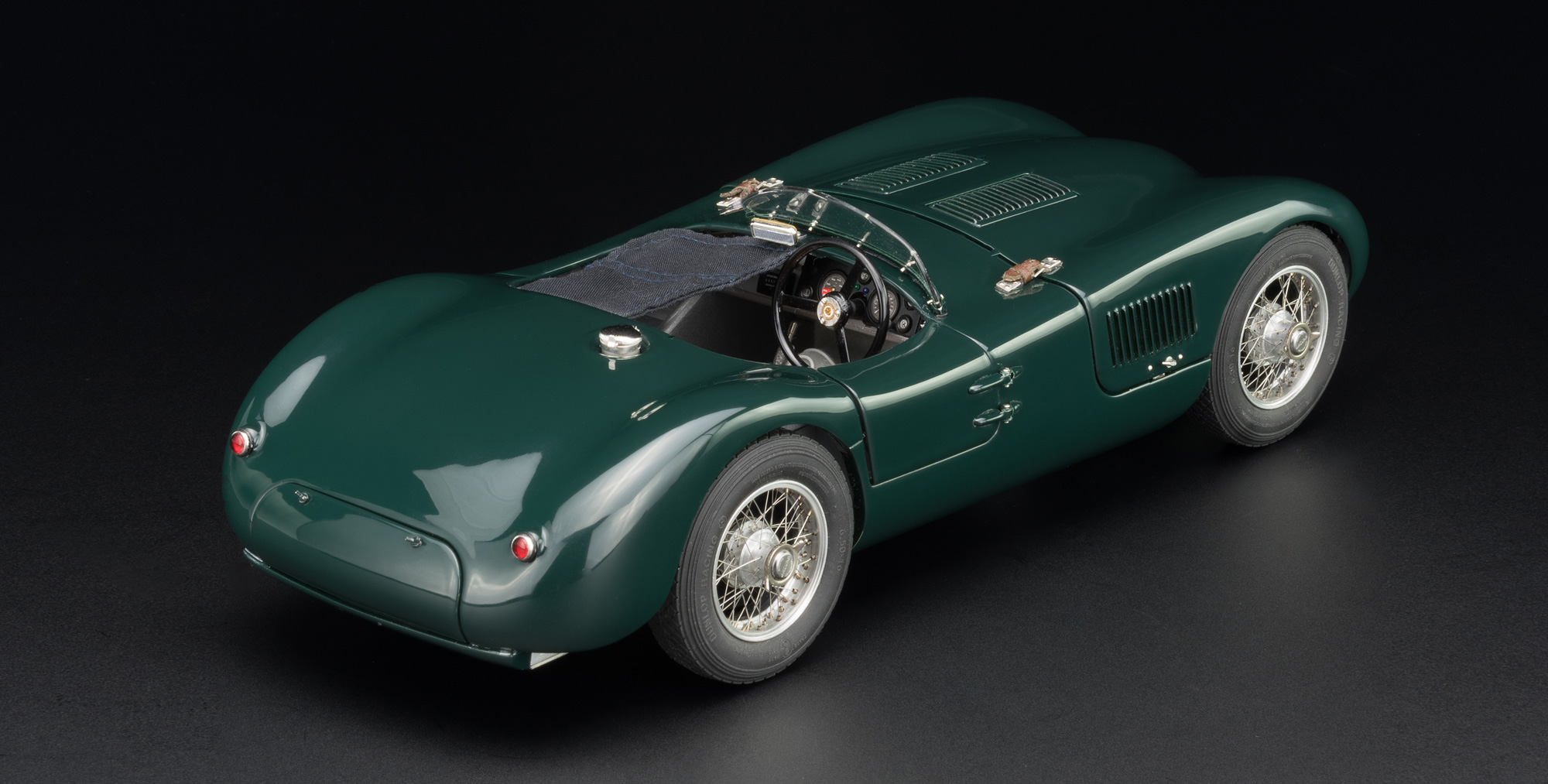
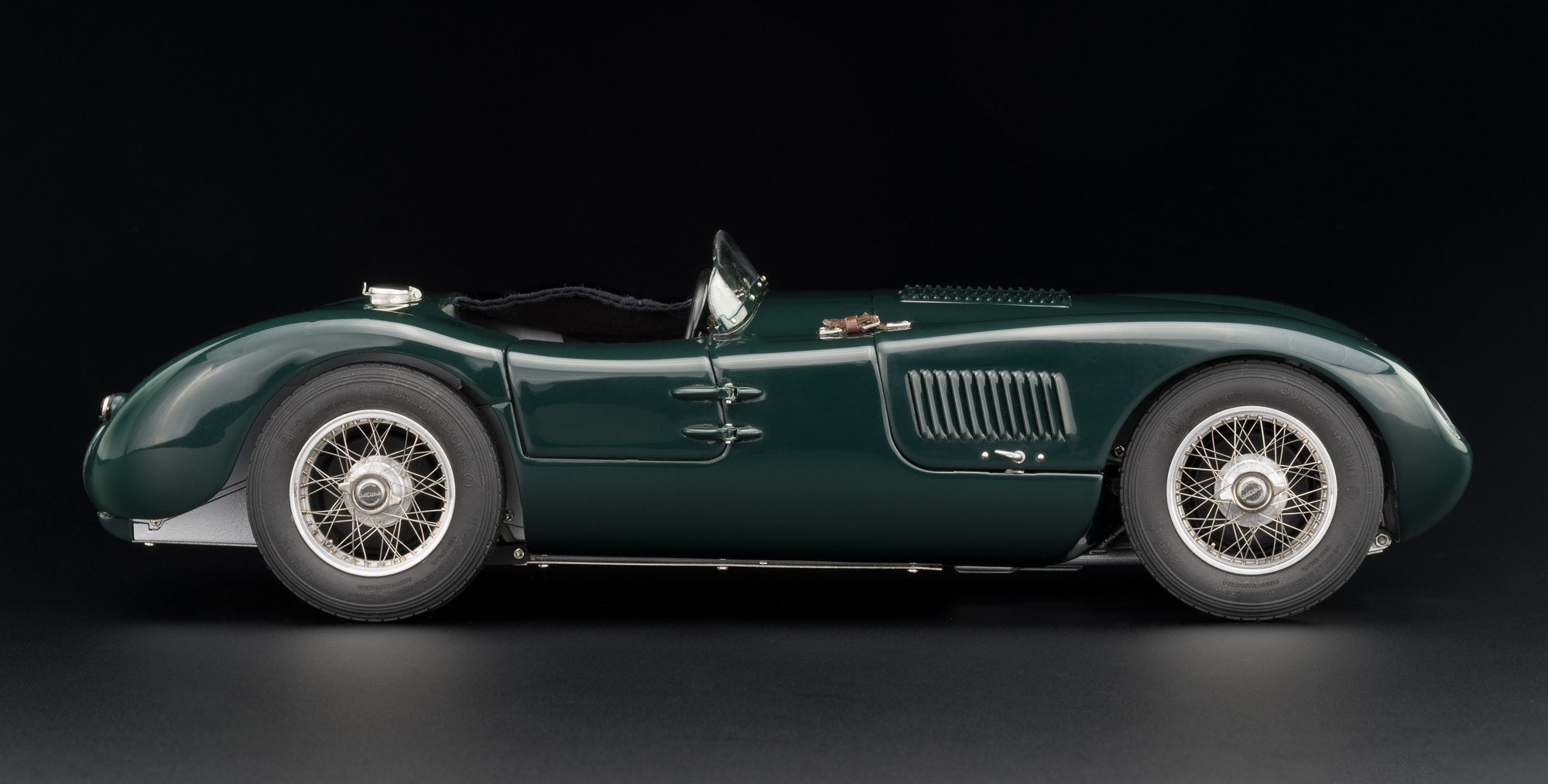
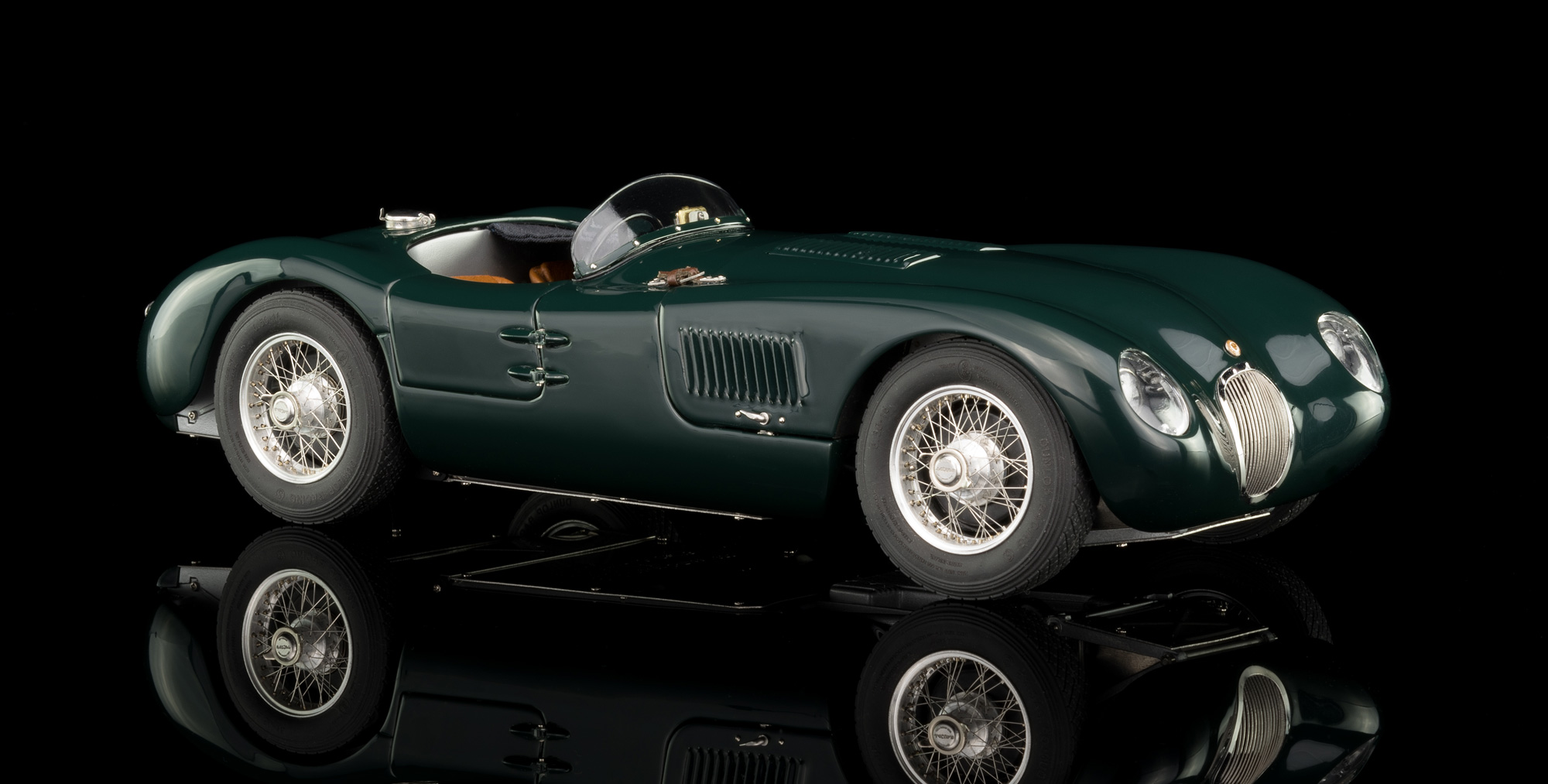
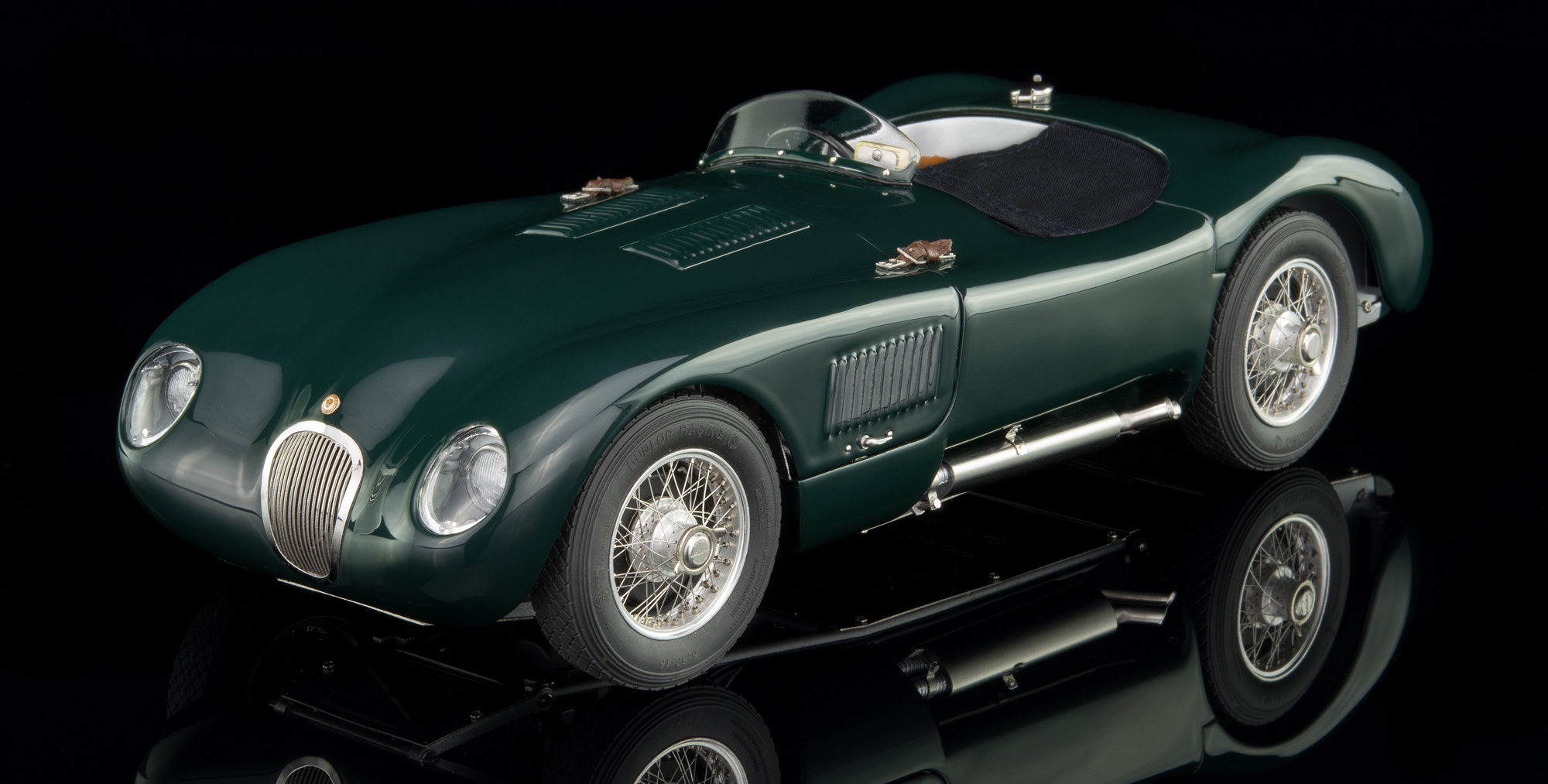
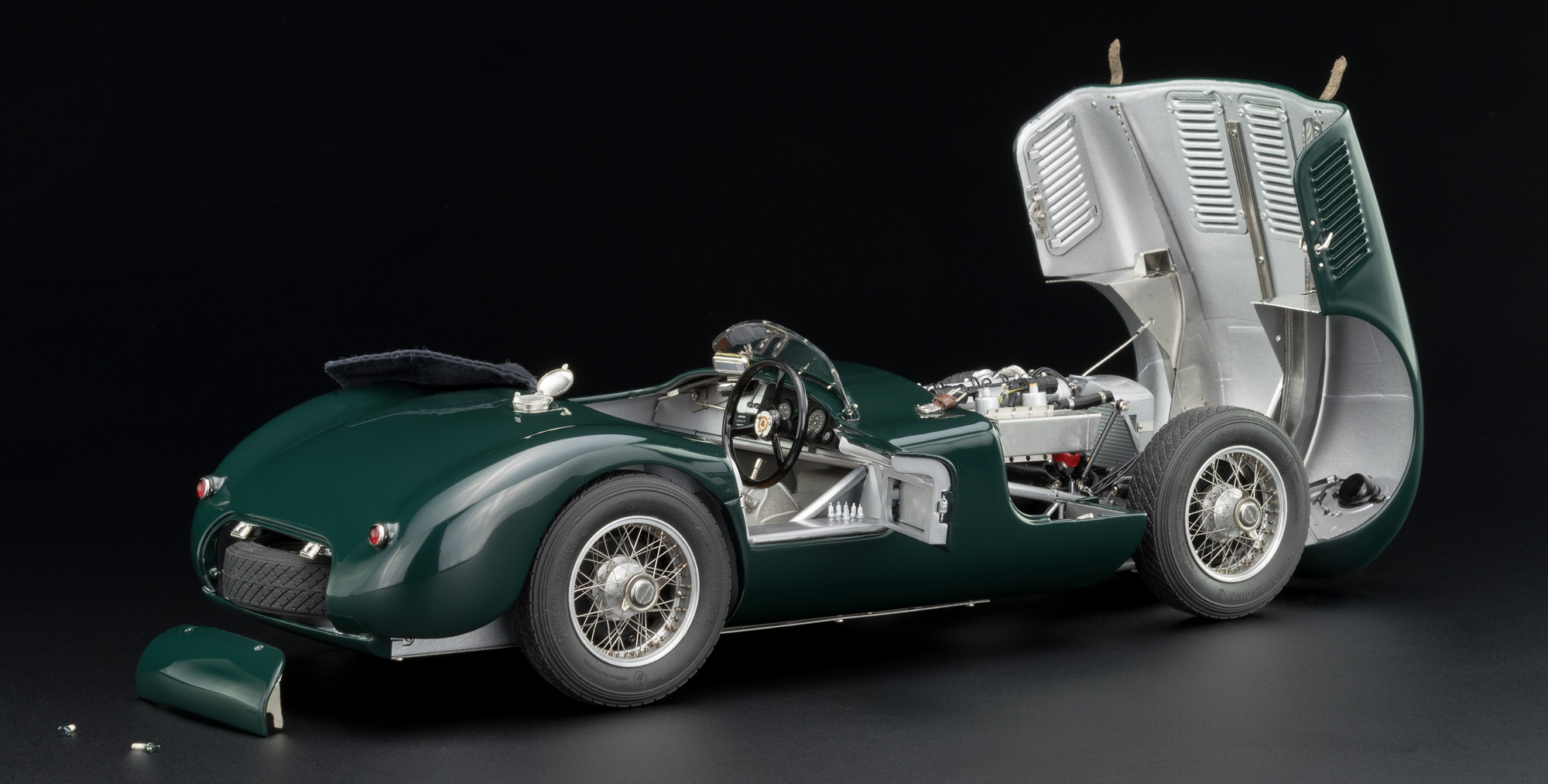
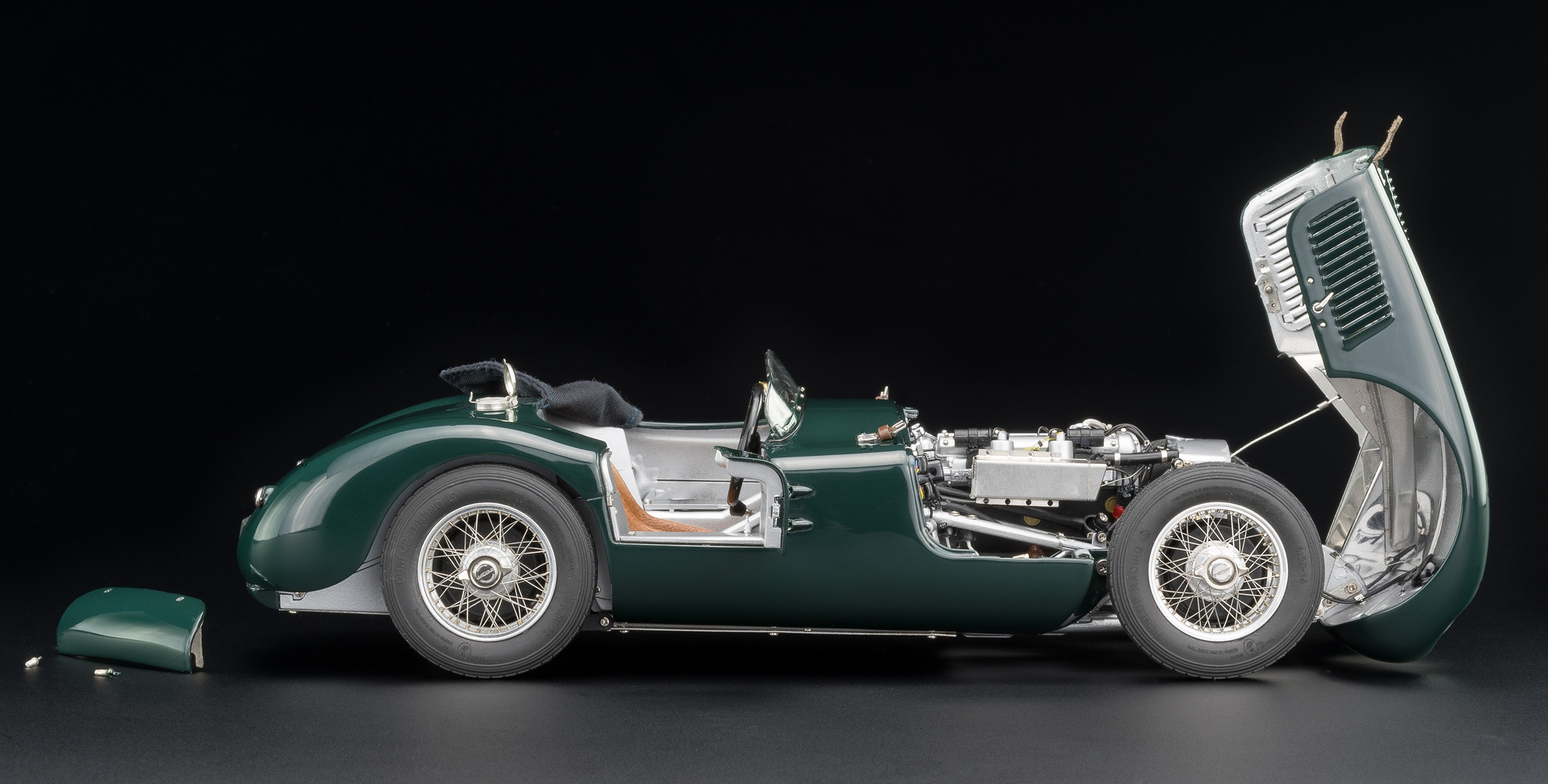
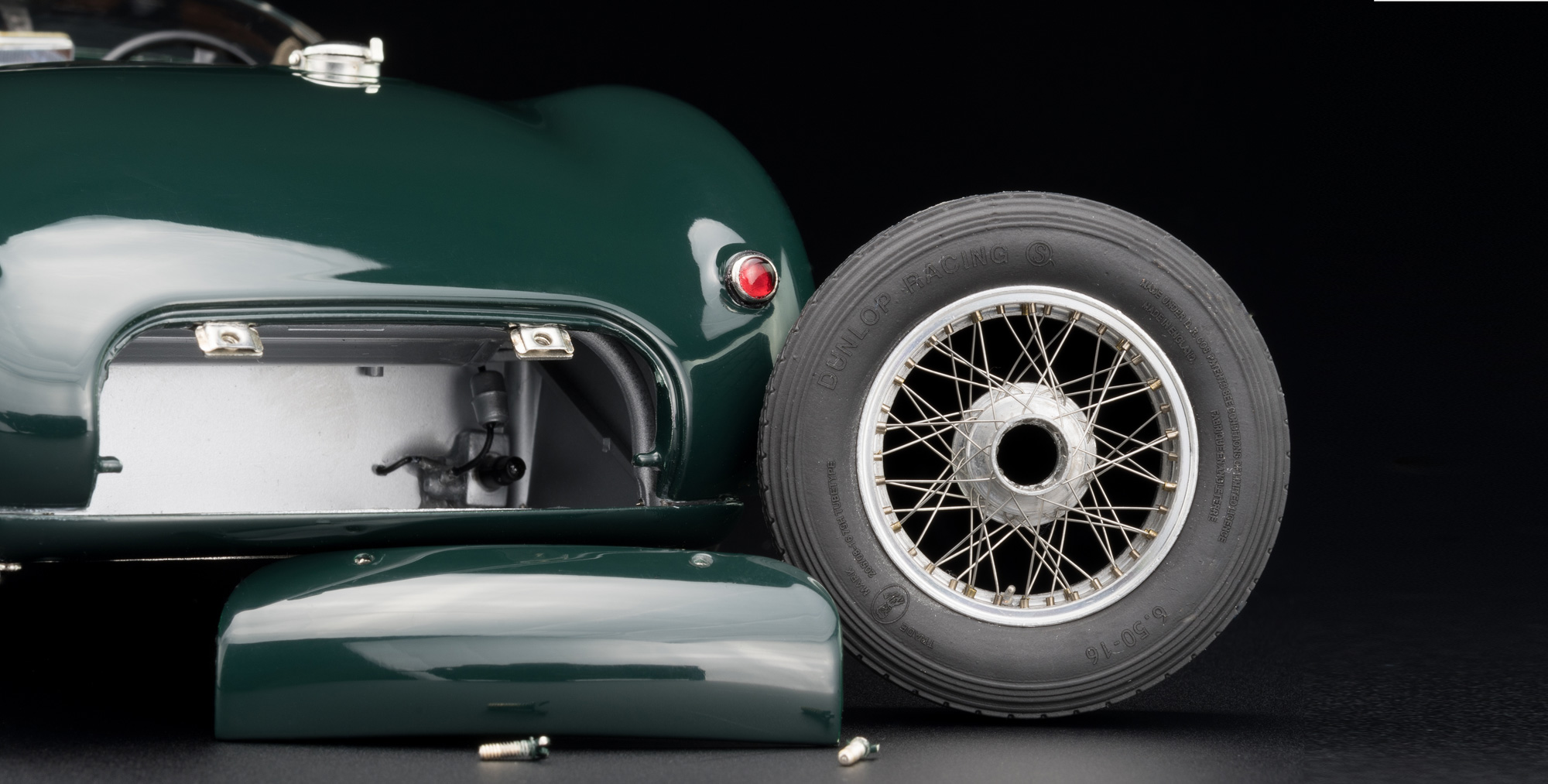
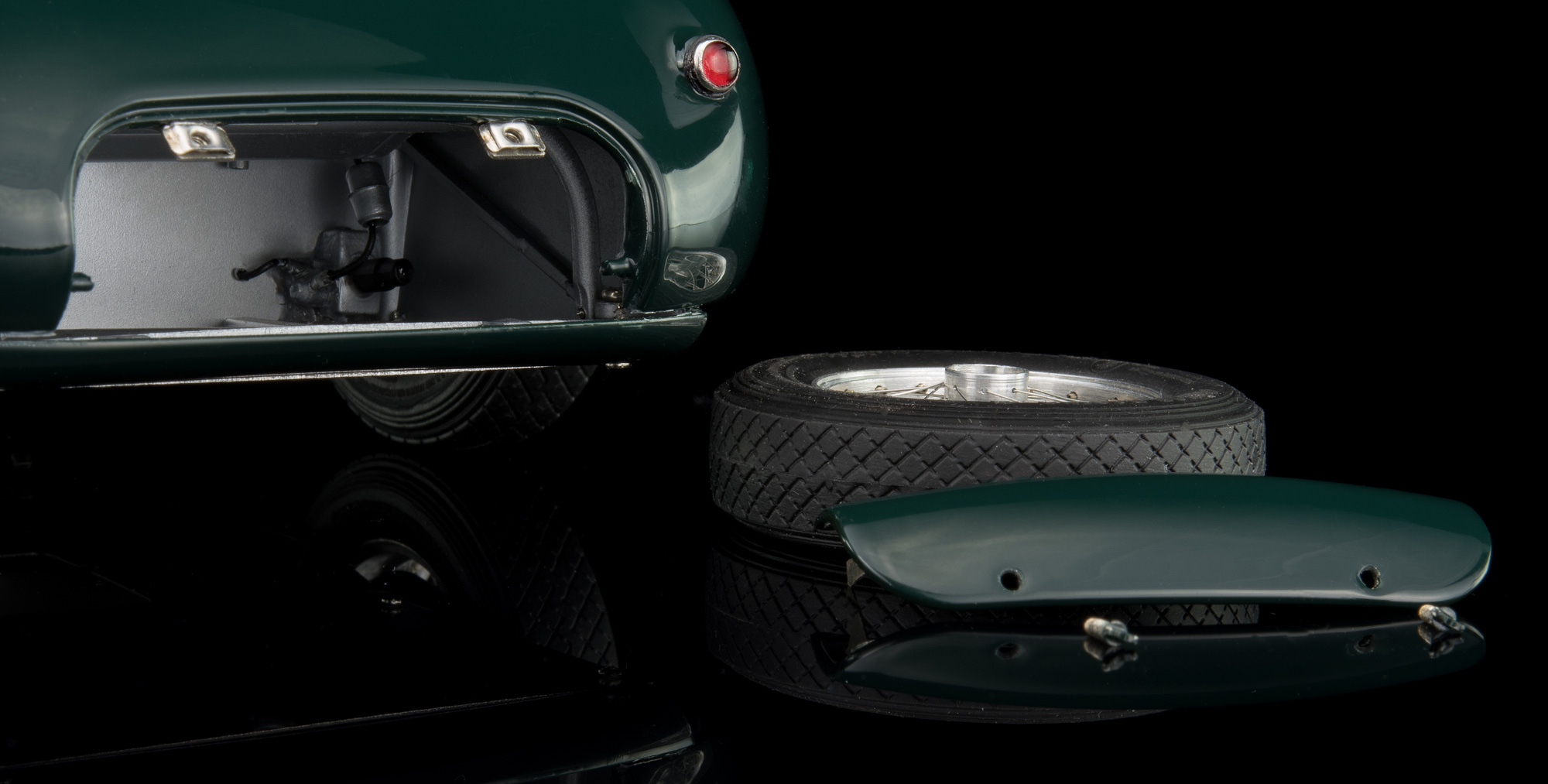
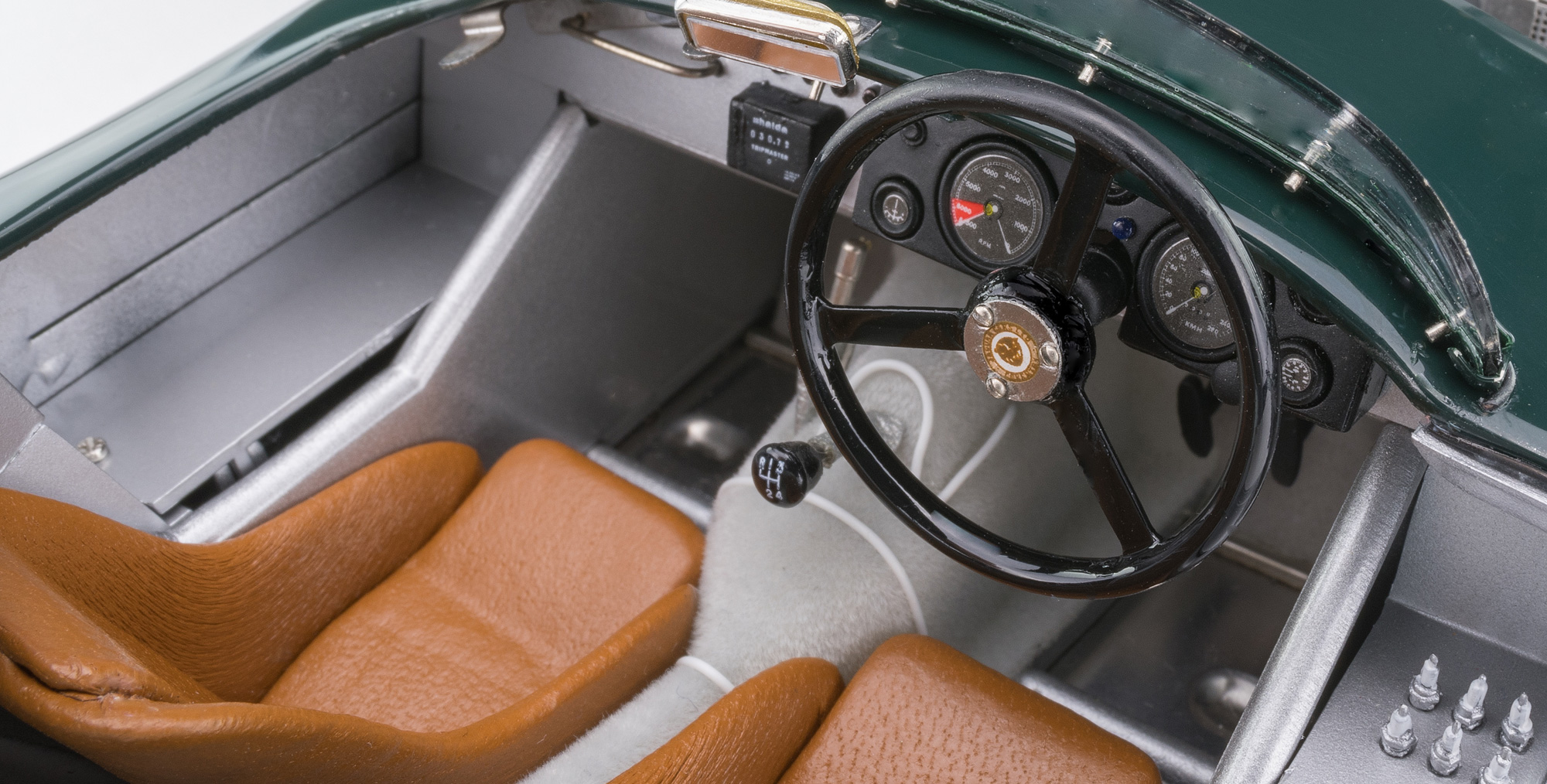
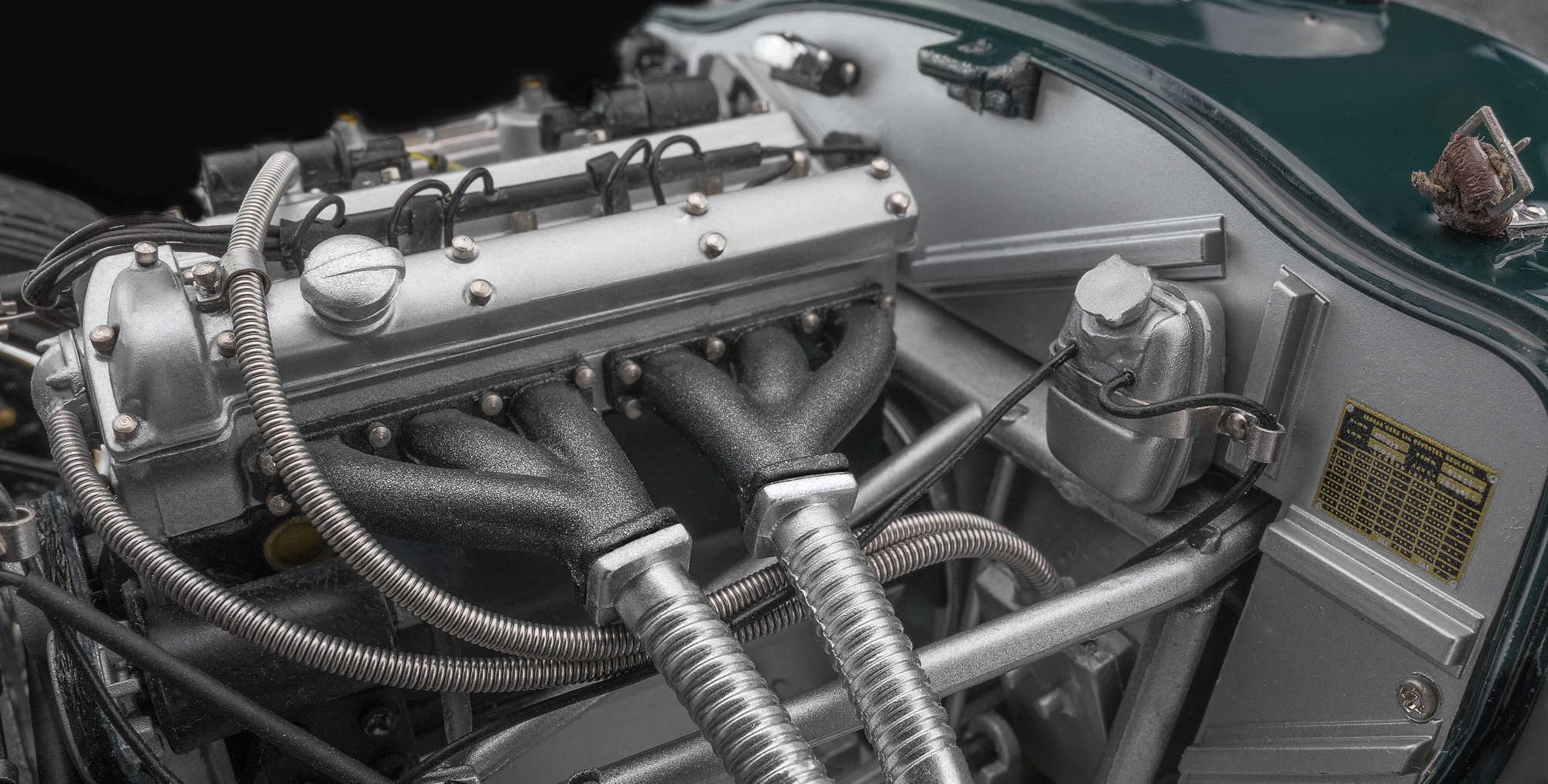





































































Product information "Jaguar C-Type British Racing Green 1952 CMC M-191 -pre-owned"
The Jaguar C-Type has a proud racing history and from today’s point of view is the beginning of Jaguar Cars Ltd’s impressive motorsport program. The XKC was born out of the idea of William Lyons – not a “sir”at this time yet and his Chief developer William Heynes in the late summer of 1950. The two wanted to give the sporting image of the brand a lasting boost and demonstrate the result to the international audience and potential buyers in the following year in Le Mans. Quod erat demonstrandum!While the drive of the brand new C-Type built on the proven engine of the XK120, its robust, but weighty chassis has been replaced by a very lightweight tubular frame. The Jaguar Cars Ltd. developed three different variants of the C-Type:The first variant were the three “pre-production” racing cars of Le Mans in 1951 – which reached their destination incidentally on their own wheels – equipped with drum brakes, two SU carburetors and eye-catching air outlets on the hood. The second variant was the production vehicles built from 1952 – from chassis number XKC005 to XKC049, also with drum brakes and SU carburetors, but with swept air outlets on the hood. The last evolution of the C-Type were the factory race cars 1953, which differed from the customer XKC but in some features: The revised engines showed three Weber double carburetor type 40DCO3, the body was handmade using very thin alloy sheet-metal, even an airborne rubber fuel tank was used. Jaguar installed Dunlop disc brakes and a servo amplifier for brake pressure support for the first time. For improved roadholding in Le Mans, the rear axle got an additional support and the front axle got a stronger anti-roll bar. The reward of their work invested: Game, set and victory. On June 14, 1953 at 16:00 the Jaguar Boys had their job done. The Jaguar C-types literally rolled down their competitors, with first, second and fourth place finishes.
Model description:
- Metal precision model hand-built from 1,155 parts
- Flip-open and lockable engine hood
- Realistic replica of the straight six engine complete with encircling components, pipes and cabling
- Metal exhaust pipes
- Triangular front axle with wishbones, hydraulic shock absorbers, longitudinal
torsion bar suspension, all made of metal - Rigid rear axle with transverse torsion bar suspension, hydraulic shock absorbers, longitudinal links, all made of metal
- Radiator grille hand-made of stainless steel
- Detailed replication of the cooling system
- Detailed fuel and oil circulation
- Authentically-replicated hinged fuel cap
- Driver´s door openable on realistic-looking hinges
- Upholstered leather-covered driver and passenger seats
- Perfectly crafted wheels with stainless-steel spokes and nipples on alloy rims
- Screw-on central locking nuts with right-/left-handed threads
- Elegant and brilliant finish in original British Racing Green
Technical data of the original vehicle:
- Sports car built on a tubular frame
- Body shell made of extra thin alloy sheet metal
- 3.4-litre 6-cylinder in-line-engine
- Two valves per cylinder controlled by two overhead camshafts
- Dry sump oil lubrication
- Mixture preparation with two SU 2”-carburettors type H8/9
- Coil/ capacitor ignition, one plug per cylinder
- Four-speed manual gearbox mounted to the engine
| Maximum output: | 200 HP at 5,800 rpm |
| Displacement: | 3,442 cc |
| Bore x Stroke | 83 x 106 mm |
| Top speed: | 230 Km/h (depending on ratio) |
| Wheelbase: | 2,438 mm |
| Total length: | 3,988 mm |
| Total width: | 1,638 mm |
| Track front/rear: | 1,295 / 1,295 mm |
| Total height: | 1,081 mm |
| Curb weight: | 970 kg (2102 lb.) |
